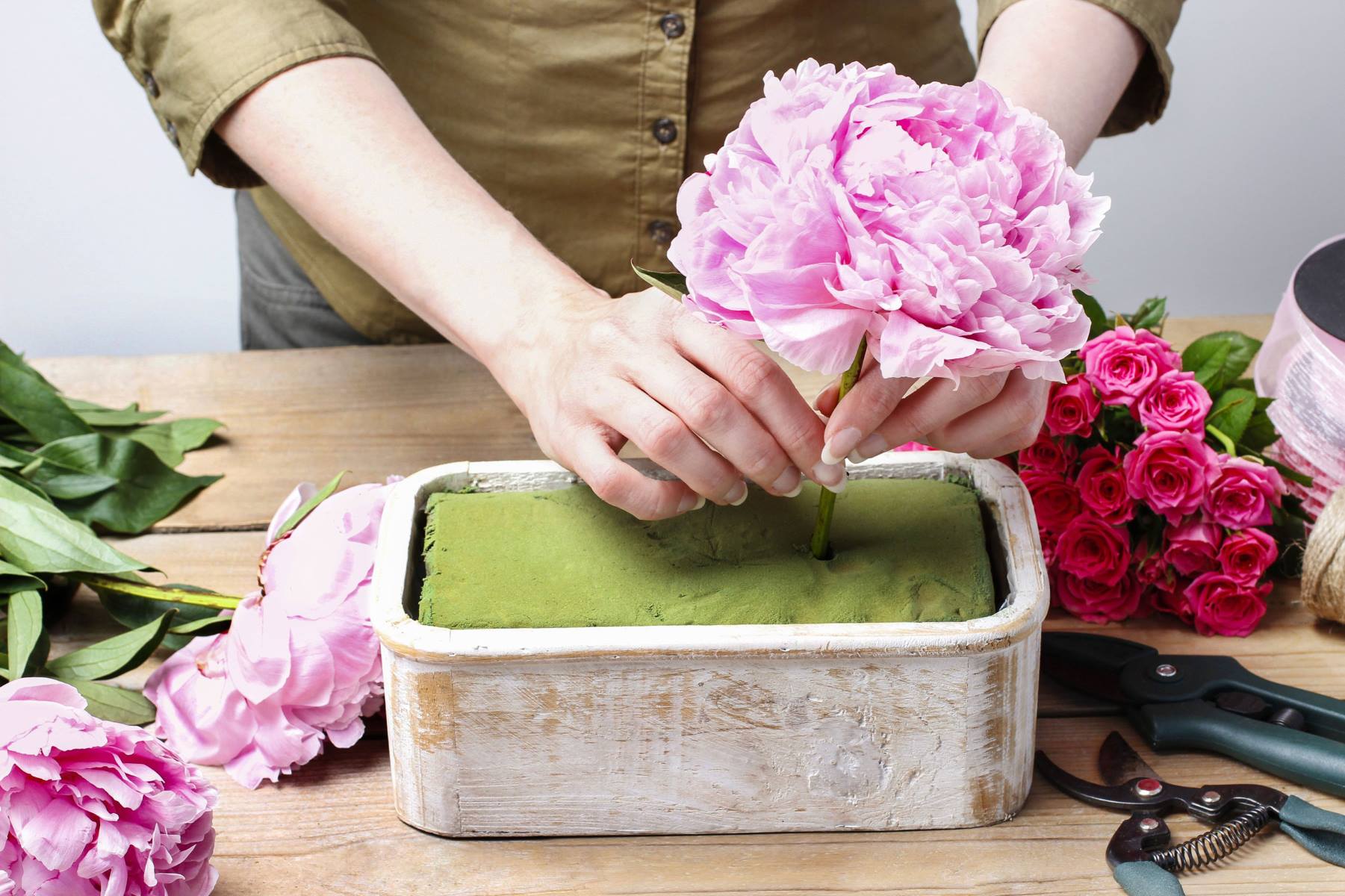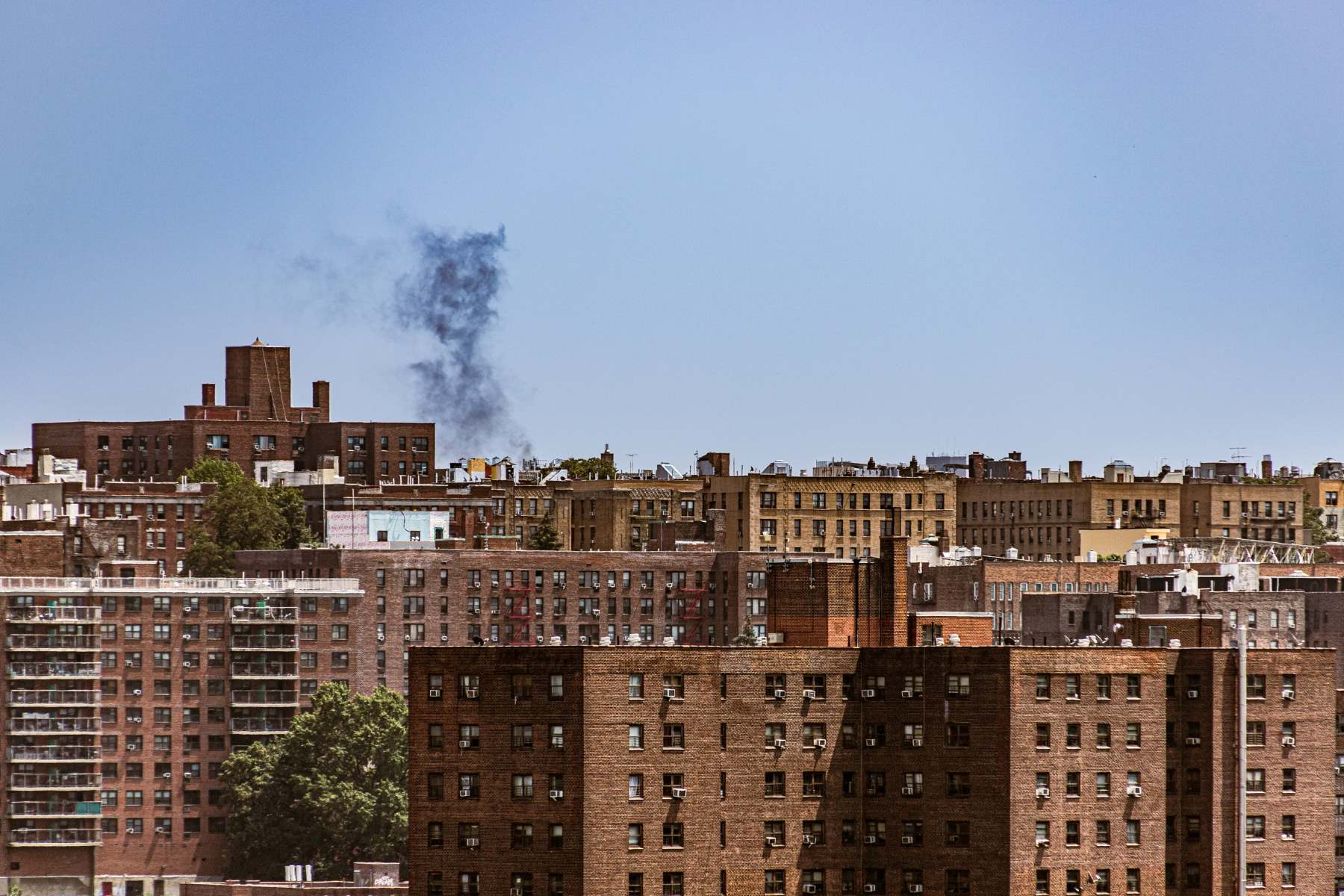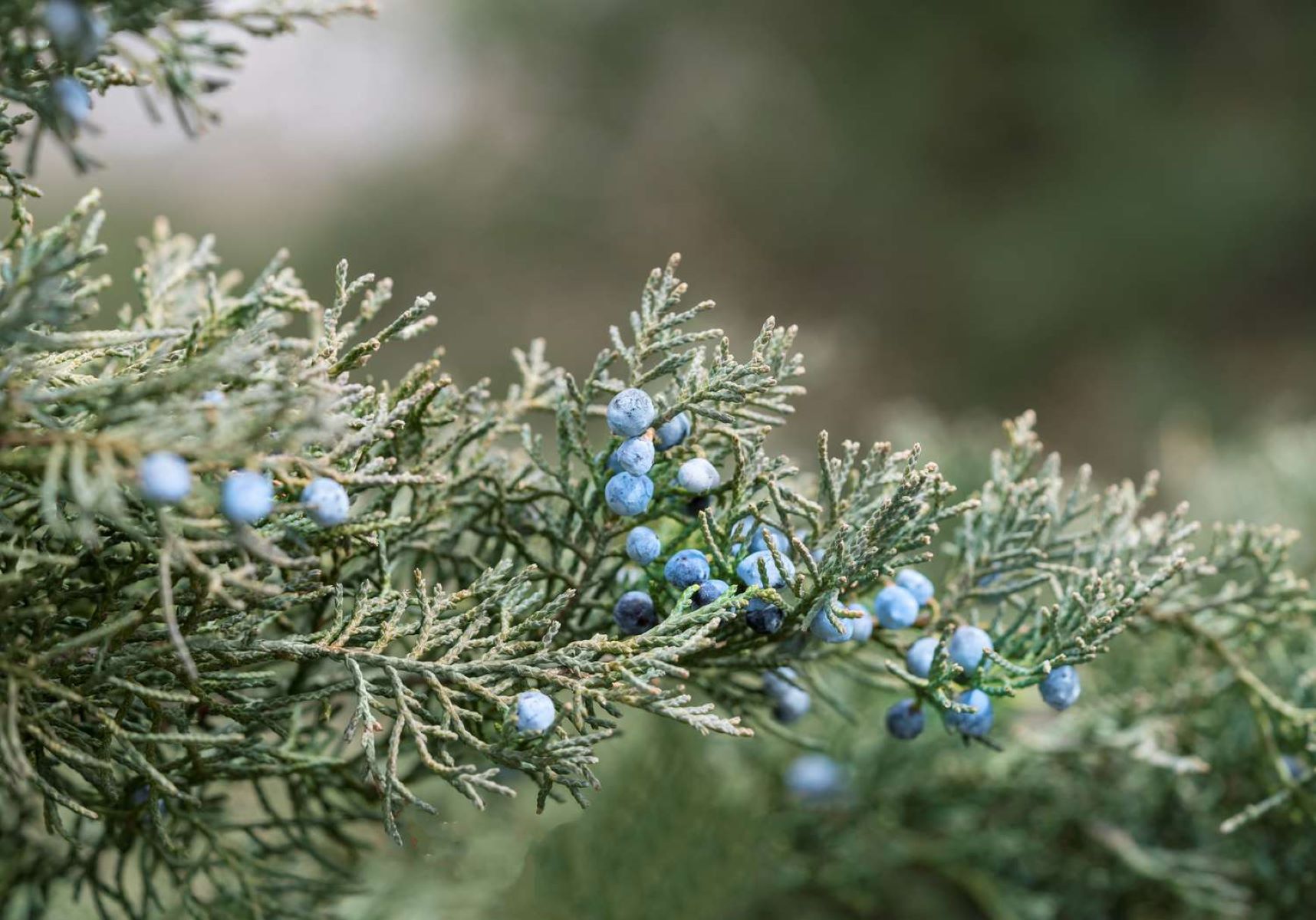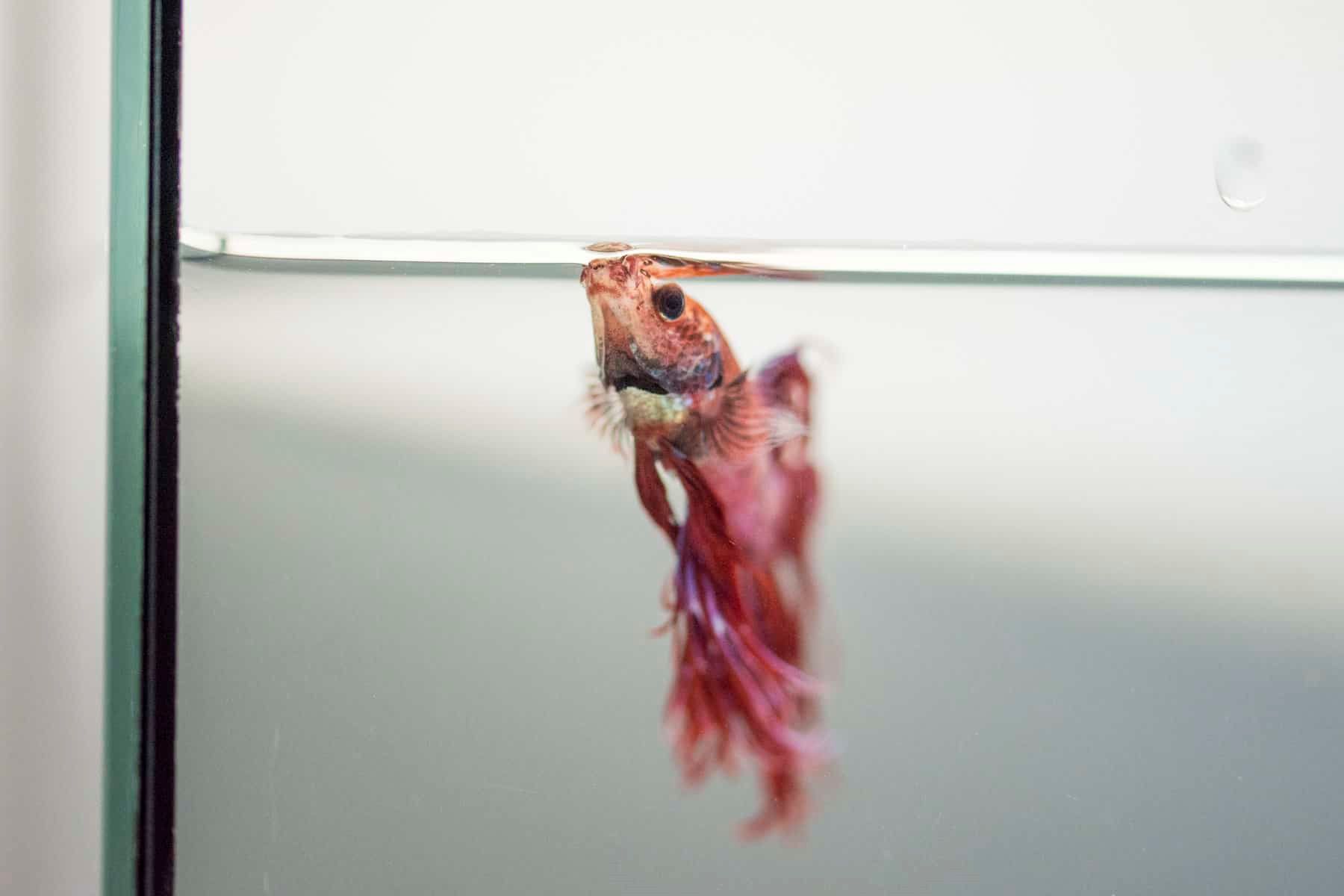Home>Health and Wellness>The Hidden Dangers Of Floral Foam: What You Need To Know


Health and Wellness
The Hidden Dangers Of Floral Foam: What You Need To Know
Published: February 10, 2024
Discover the health risks associated with floral foam and how it impacts your well-being. Learn what you need to know for better health and wellness.
(Many of the links in this article redirect to a specific reviewed product. Your purchase of these products through affiliate links helps to generate commission for Regretless.com, at no extra cost. Learn more)
Table of Contents
Introduction
Floral foam, a seemingly innocuous material used in the floral industry, has been a staple for creating stunning arrangements for decades. However, beneath its utility lies a concerning reality that has largely evaded public awareness. The hidden dangers of floral foam encompass both environmental and health-related implications, making it essential for consumers and professionals alike to understand the risks associated with this commonly used product.
As we delve into the intricacies of floral foam, it becomes evident that its widespread use has inadvertently contributed to environmental degradation and posed potential health hazards. Unveiling these hidden dangers is crucial for fostering a deeper understanding of the impact of floral foam on both the planet and human well-being. Furthermore, exploring viable alternatives to floral foam will empower individuals to make informed choices that align with sustainable and health-conscious practices.
In the subsequent sections of this article, we will unravel the multifaceted nature of floral foam, shedding light on its composition, environmental repercussions, health risks, and alternative solutions. By gaining insight into the complexities surrounding floral foam, readers will be equipped with the knowledge needed to make conscientious decisions when it comes to floral arrangements and environmental stewardship.
What is Floral Foam?
Floral foam, also known as oasis foam, is a spongy material used by florists to create elaborate flower arrangements. Composed of phenol formaldehyde, a plastic foam, and various other chemicals, floral foam is designed to absorb and retain water, providing a hydration source for cut flowers. This unique capability allows florists to craft intricate designs and maintain the freshness of floral displays for extended periods.
The structure of floral foam enables it to hold flowers in place, making it an indispensable tool for creating stunning centerpieces, bouquets, and decorative arrangements. Its versatility and water retention properties have made it a popular choice in the floral industry, offering a convenient solution for floral designers to bring their creative visions to life.
However, the composition of floral foam raises concerns about its environmental impact and potential health risks. As we continue to explore the hidden dangers of floral foam, it becomes evident that its widespread use has inadvertently contributed to environmental degradation and posed potential health hazards.
The intricate network of air pockets within floral foam allows it to absorb and hold large amounts of water, which is essential for keeping flowers hydrated. While this feature is advantageous for maintaining the freshness of floral arrangements, it also means that floral foam does not easily biodegrade. As a result, discarded floral foam contributes to plastic pollution, adding to the mounting environmental challenges we face today.
Furthermore, the chemicals used in the production of floral foam, including formaldehyde and carbon black, raise concerns about potential health risks for both florists and consumers. Prolonged exposure to these chemicals can have adverse effects on respiratory health and overall well-being, highlighting the need to reevaluate the use of floral foam in the floral industry.
In light of these considerations, it is crucial to delve deeper into the environmental and health implications of floral foam, paving the way for exploring alternative solutions that align with sustainability and well-being.
Environmental Impact
Floral foam, despite its widespread use and convenience, poses significant environmental challenges due to its composition and disposal. The non-biodegradable nature of floral foam contributes to plastic pollution, adding to the mounting environmental concerns. When floral foam is discarded, it does not break down easily, leading to long-term environmental implications. As a result, it can persist in the environment for an extended period, contributing to the accumulation of plastic waste in landfills and waterways.
Moreover, the manufacturing process of floral foam involves the use of chemicals such as formaldehyde and carbon black. These substances raise environmental concerns due to their potential impact on ecosystems and natural habitats. Improper disposal of floral foam can lead to the release of these chemicals into the environment, further exacerbating environmental degradation.
The environmental impact of floral foam extends beyond its disposal. The production and distribution of floral foam contribute to carbon emissions and energy consumption, adding to the overall ecological footprint associated with this widely used material. From the extraction of raw materials to the manufacturing process and transportation, the lifecycle of floral foam entails environmental consequences that warrant careful consideration.
As the global community increasingly prioritizes sustainability and environmental stewardship, the implications of floral foam on the planet cannot be overlooked. It is imperative to explore alternative materials and practices that minimize environmental harm while fulfilling the functional requirements of floral arrangements. By acknowledging the environmental impact of floral foam, individuals and businesses can take proactive steps towards embracing eco-friendly alternatives and promoting sustainable practices within the floral industry.
In recognizing the environmental challenges posed by floral foam, it becomes evident that a paradigm shift is necessary to mitigate its impact and foster a more sustainable approach to floral design. By raising awareness about the environmental implications of floral foam, we can collectively work towards adopting greener alternatives that align with environmental conservation efforts and contribute to a healthier planet for current and future generations.
Health Risks
Floral foam, while serving as a practical tool for creating stunning floral arrangements, presents potential health risks that warrant careful consideration. The chemicals used in the production of floral foam, including formaldehyde and carbon black, raise concerns about their impact on human health. Prolonged exposure to these chemicals can have adverse effects on respiratory health and overall well-being.
Formaldehyde, a common component of floral foam, is known to release harmful fumes, especially when the foam is cut or manipulated during the arrangement process. Inhalation of formaldehyde fumes can irritate the respiratory system, leading to symptoms such as coughing, wheezing, and throat irritation. Additionally, formaldehyde exposure has been linked to more serious health issues, including respiratory conditions and potential carcinogenic effects.
Furthermore, the presence of carbon black in floral foam raises concerns about potential skin irritation and respiratory issues among florists and individuals handling floral arrangements. The fine particles of carbon black can become airborne during the manipulation of floral foam, posing inhalation risks and potential skin contact hazards.
In addition to the direct health risks associated with the chemicals present in floral foam, the prolonged use of this material in the floral industry raises occupational health concerns for florists and floral designers. Continuous exposure to floral foam and its associated chemicals may contribute to long-term health implications, underscoring the need for proactive measures to mitigate potential health risks.
As the awareness of health hazards associated with certain chemicals continues to grow, it is essential for individuals within the floral industry to prioritize their well-being and explore alternative materials and practices that minimize exposure to potentially harmful substances. By acknowledging the health risks posed by floral foam and its constituents, florists and consumers can make informed choices that align with health-conscious principles and contribute to a safer working environment within the floral industry.
In light of these considerations, it is evident that a comprehensive understanding of the health risks associated with floral foam is crucial for promoting occupational safety and well-being. By recognizing the potential health hazards and exploring alternative materials, the floral industry can embrace practices that prioritize the health of individuals while maintaining the creativity and beauty inherent in floral design.
Alternatives to Floral Foam
As awareness of the environmental and health implications of floral foam continues to grow, the demand for sustainable and health-conscious alternatives has intensified. Fortunately, several innovative solutions have emerged, offering viable substitutes for floral foam in the creation of stunning and enduring floral arrangements.
1. Chicken Wire and Floral Tape
Chicken wire, when fashioned into a grid or dome structure, provides a sturdy framework for securing stems and creating elaborate floral designs. Combined with floral tape to protect delicate blooms, this alternative offers stability and hydration while minimizing environmental impact.
2. Reusable Flower Frogs
Flower frogs, made from metal or glass, serve as reusable fixtures that support stems within arrangements. These versatile tools provide stability and hydration without the need for disposable materials, making them an eco-friendly choice for sustainable floral design.
3. Water-Resistant Floral Wrap
Innovative water-resistant floral wraps, crafted from biodegradable materials, offer a sustainable solution for hydrating flower stems while providing structural support. These wraps can be shaped and secured to create diverse arrangements without compromising environmental responsibility.
4. Eco-Friendly Floral Foam Alternatives
Emerging eco-friendly foam alternatives, derived from biodegradable and plant-based materials, offer the water retention properties of traditional floral foam without the environmental and health concerns. These innovative substitutes prioritize sustainability and biodegradability while maintaining the functionality essential for floral arrangements.
5. Floral Design Techniques
Exploring floral design techniques that prioritize the natural structure and hydration needs of flowers can minimize the reliance on supportive materials. By embracing the inherent beauty and resilience of blooms, floral designers can create captivating arrangements that harmonize with nature while reducing the environmental footprint.
Embracing these alternatives to floral foam empowers individuals and businesses within the floral industry to adopt sustainable and health-conscious practices. By integrating these innovative solutions into floral design processes, we can collectively contribute to a greener, healthier, and more vibrant future for the floral industry and the planet.
The exploration of alternative materials and techniques not only addresses the hidden dangers of floral foam but also paves the way for a more sustainable and mindful approach to floral design. As we continue to prioritize environmental stewardship and well-being, the adoption of these alternatives represents a significant step towards a more harmonious coexistence with nature and a flourishing floral landscape.
Conclusion
In conclusion, the hidden dangers of floral foam encompass a complex interplay of environmental impact and potential health risks, shedding light on the need for conscientious choices within the floral industry. The widespread use of floral foam has inadvertently contributed to plastic pollution and raised concerns about the exposure to harmful chemicals, prompting a critical reevaluation of traditional practices. As the awareness of these hidden dangers continues to permeate the collective consciousness, the imperative to explore sustainable and health-conscious alternatives becomes increasingly evident.
The environmental implications of floral foam, stemming from its non-biodegradable nature and the use of chemicals in its production, underscore the urgency of adopting eco-friendly alternatives. By recognizing the environmental challenges posed by floral foam, individuals and businesses can embrace innovative solutions that minimize plastic pollution and reduce the ecological footprint of floral arrangements. From reusable fixtures to biodegradable materials, the array of alternatives offers a diverse and sustainable palette for creating captivating floral designs while prioritizing environmental responsibility.
Furthermore, the potential health risks associated with floral foam and its constituents highlight the importance of prioritizing occupational safety and well-being within the floral industry. By acknowledging the health hazards and exploring alternative materials, florists and consumers can make informed choices that align with health-conscious principles, fostering a safer working environment and promoting the longevity of the floral profession.
As we navigate the complexities of floral design, the exploration of alternative materials and techniques not only addresses the hidden dangers of floral foam but also paves the way for a more sustainable and mindful approach to floral arrangements. By embracing these alternatives, the floral industry can align with the global movement towards sustainability and environmental stewardship, contributing to a greener, healthier, and more vibrant future for floral design.
In essence, the hidden dangers of floral foam serve as a catalyst for transformative change within the floral industry, inspiring a shift towards sustainable, health-conscious, and environmentally responsible practices. By harnessing the creativity and ingenuity inherent in floral design, individuals and businesses can embark on a journey towards a harmonious coexistence with nature, where the beauty of blooms intertwines with the ethos of sustainability, creating a flourishing landscape that celebrates the artistry of floral arrangements while honoring the well-being of our planet and its inhabitants.













